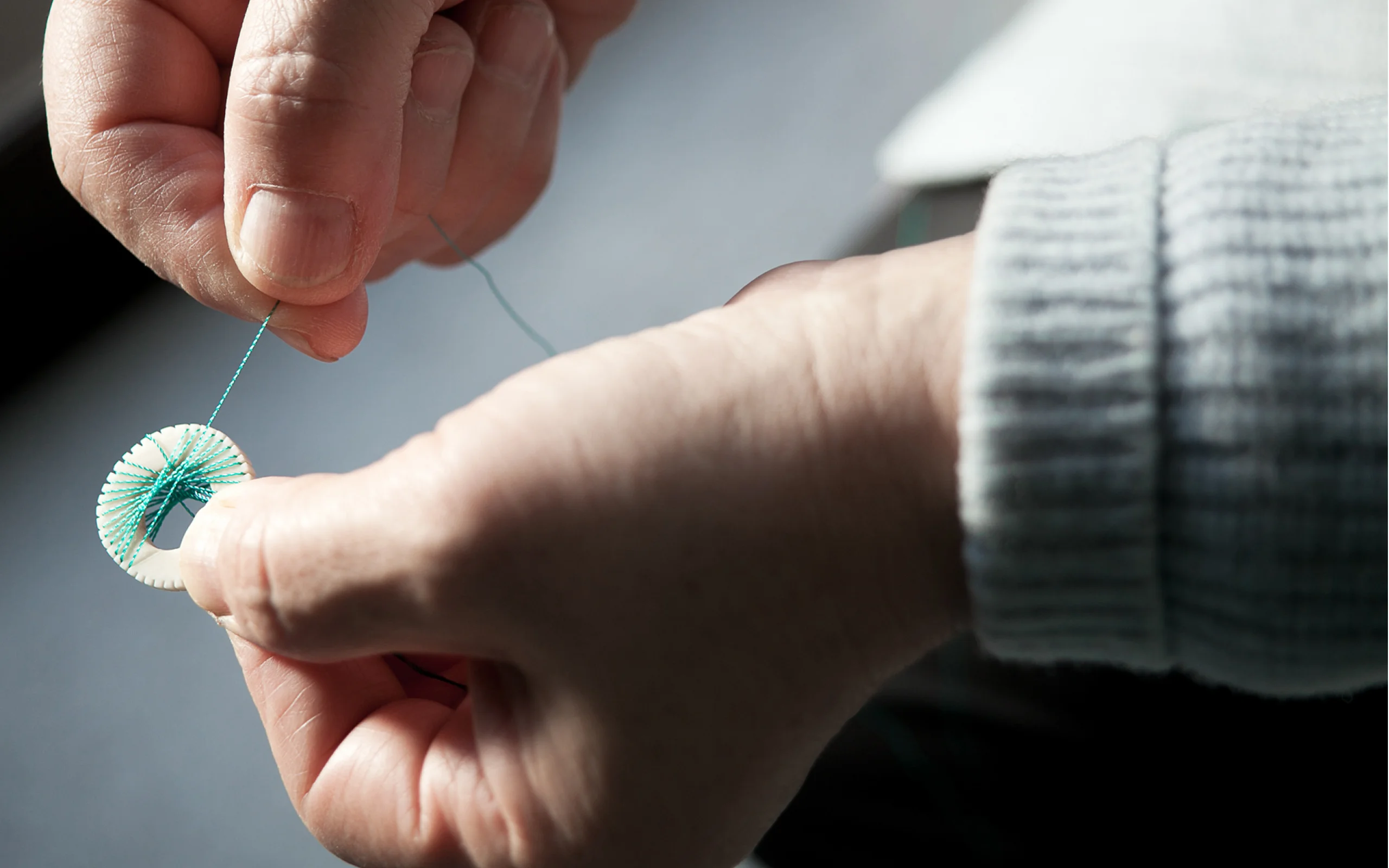
PROJECT
OCICA
Handcraft brand in Oshika Peninsula fishing villages, Ishinomaki. Natural deer leather products support disaster area community revival and sustainable livelihoods.
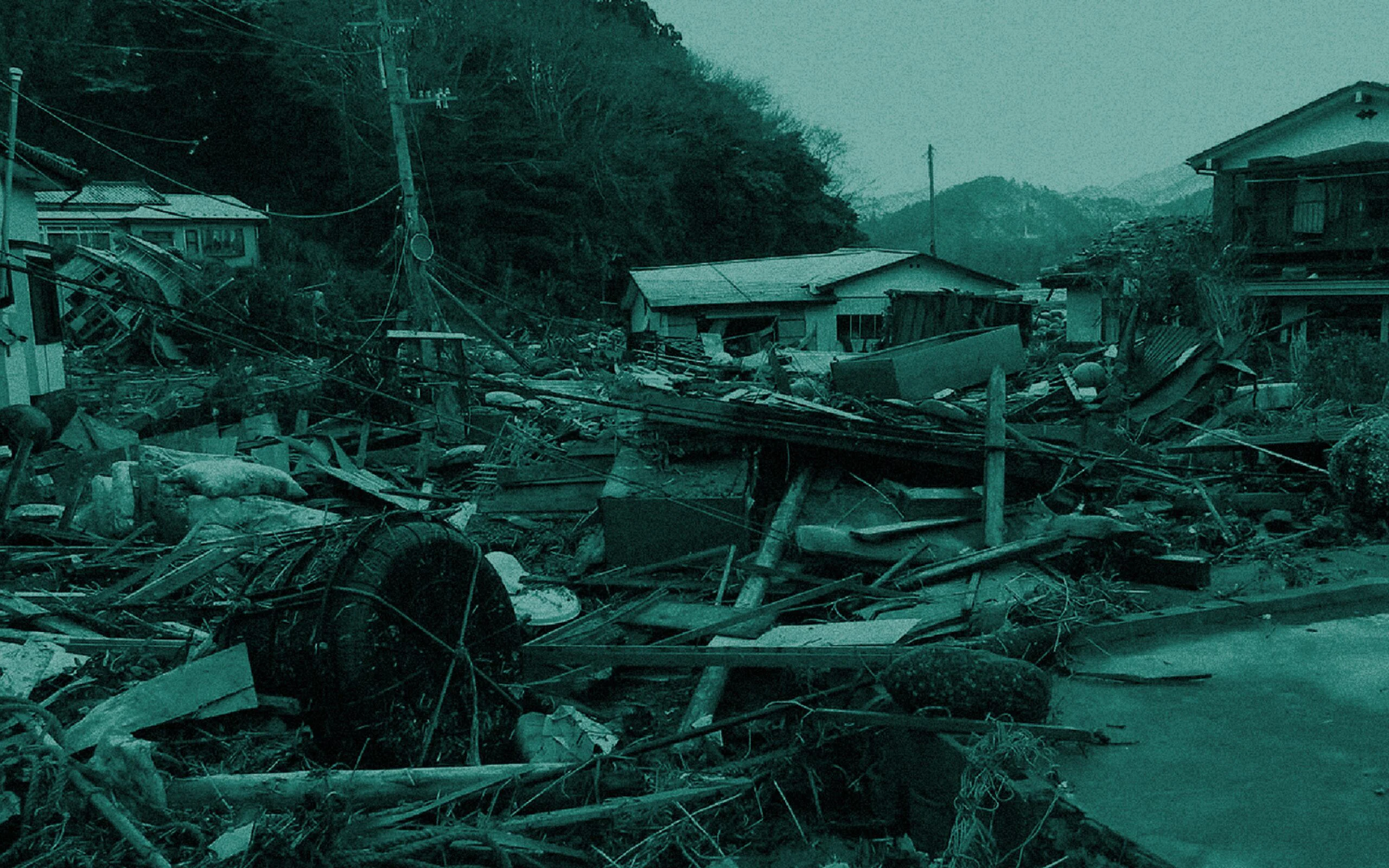
WHY
To connect jobs and
communities lost
in the disaster.
The Great East Japan Earthquake that occurred on March 11, 2011, brought enormous damage mainly to the coastal areas of the Tohoku region. As its name suggests, the Ishinomaki Oshika Peninsula, where many deers inhabit, suffered major damage from the tsunami. Not only did they lose their homes and ships due to flood damage, but also their businesses such as the fishing industry still stagnant since the earthquake. Many people were living in temporary housing, where the local community was gradually disappearing. Left with painful emotions, the people found it hard to see the future.
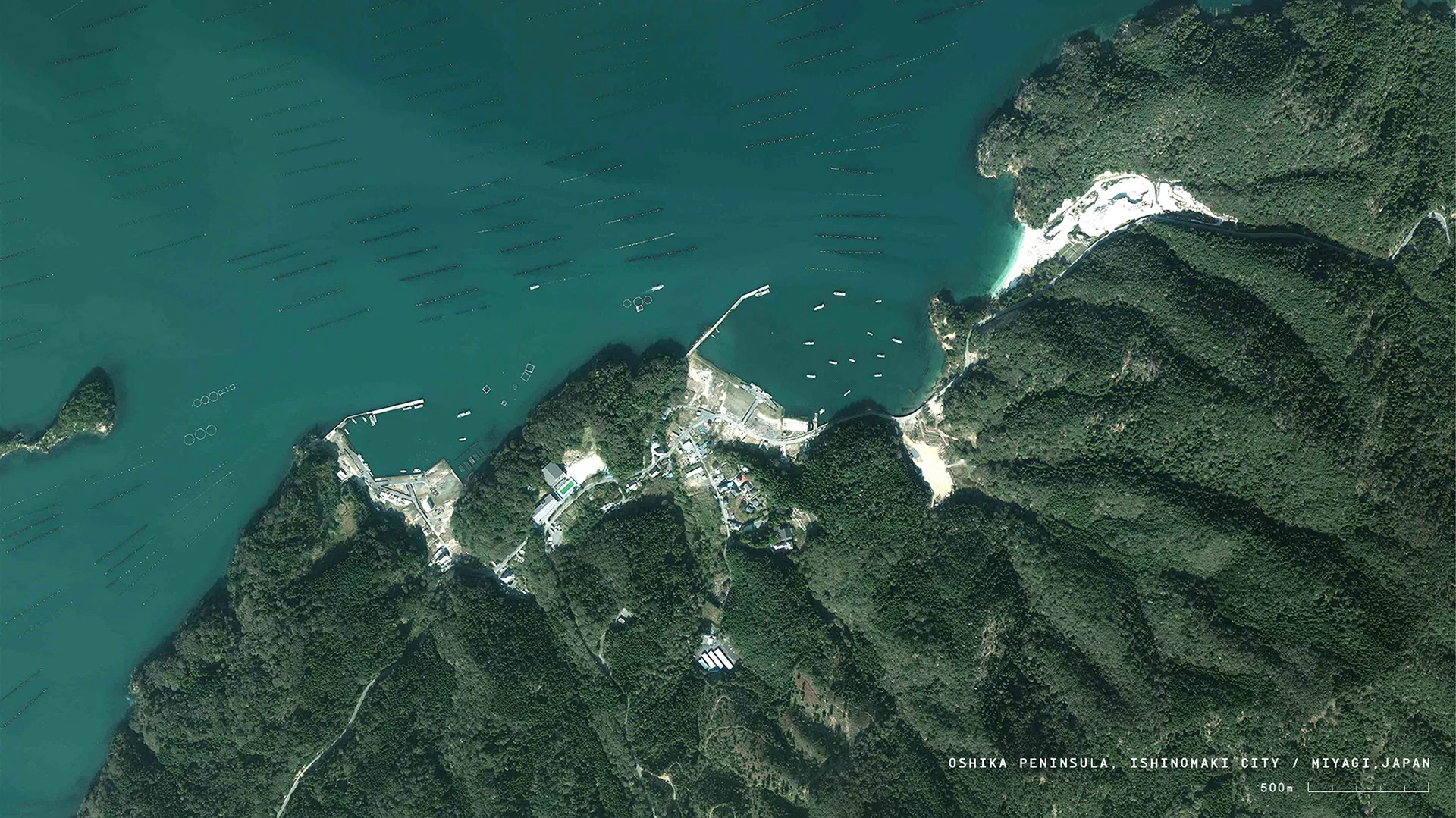

HOW
A dream catcher of
deer antlers
for reconstruction.

After the earthquake, we met with the general corporation “Tumugiya” who were working on products as a reconstruction support system. We branded and designed products for “OCICA”–a brand of handmade accessories by women who were living in fishing villages of Makihama on the Oshika Peninsula. We aimed to revitalize the community by creating work and conversations between the people for women who found to do this more difficult. Within each job role, while receiving a source of income, we aimed to regenerate the community among the residents. To weave together the story of the brand, we carefully looked at various resources and industries unique to the region, and the needs of residents, while referring to legends and traditions of the area.
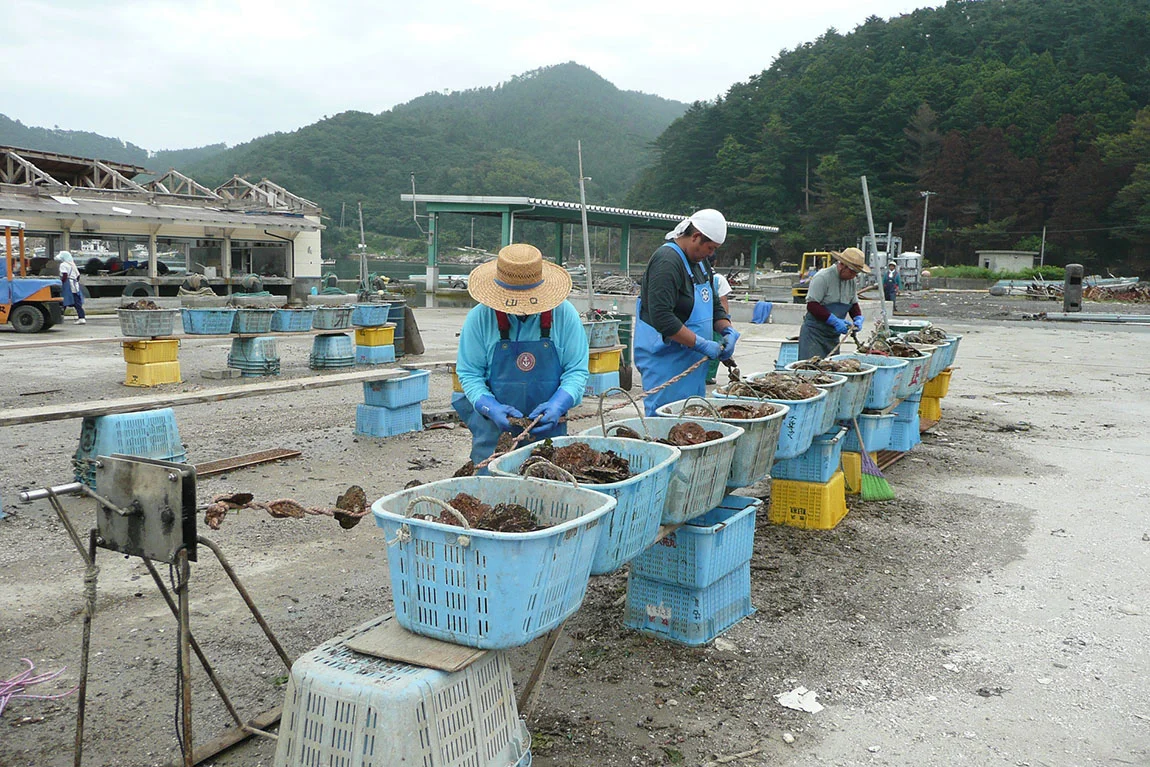
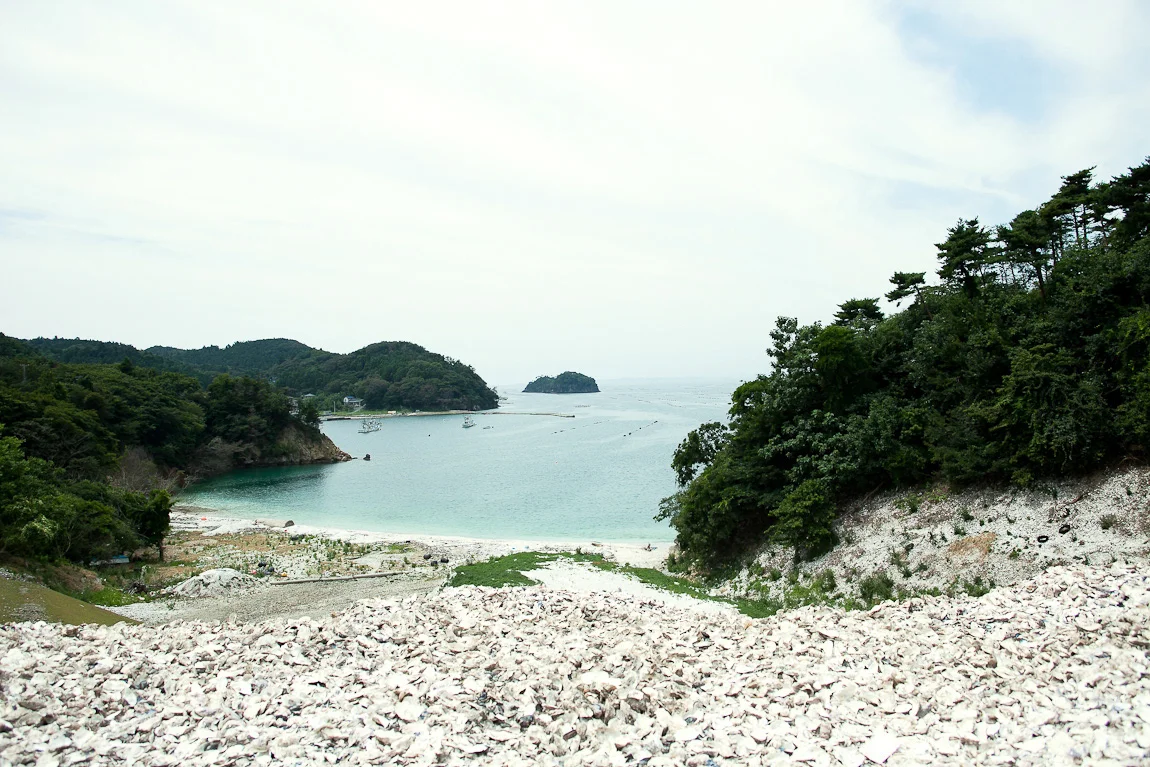
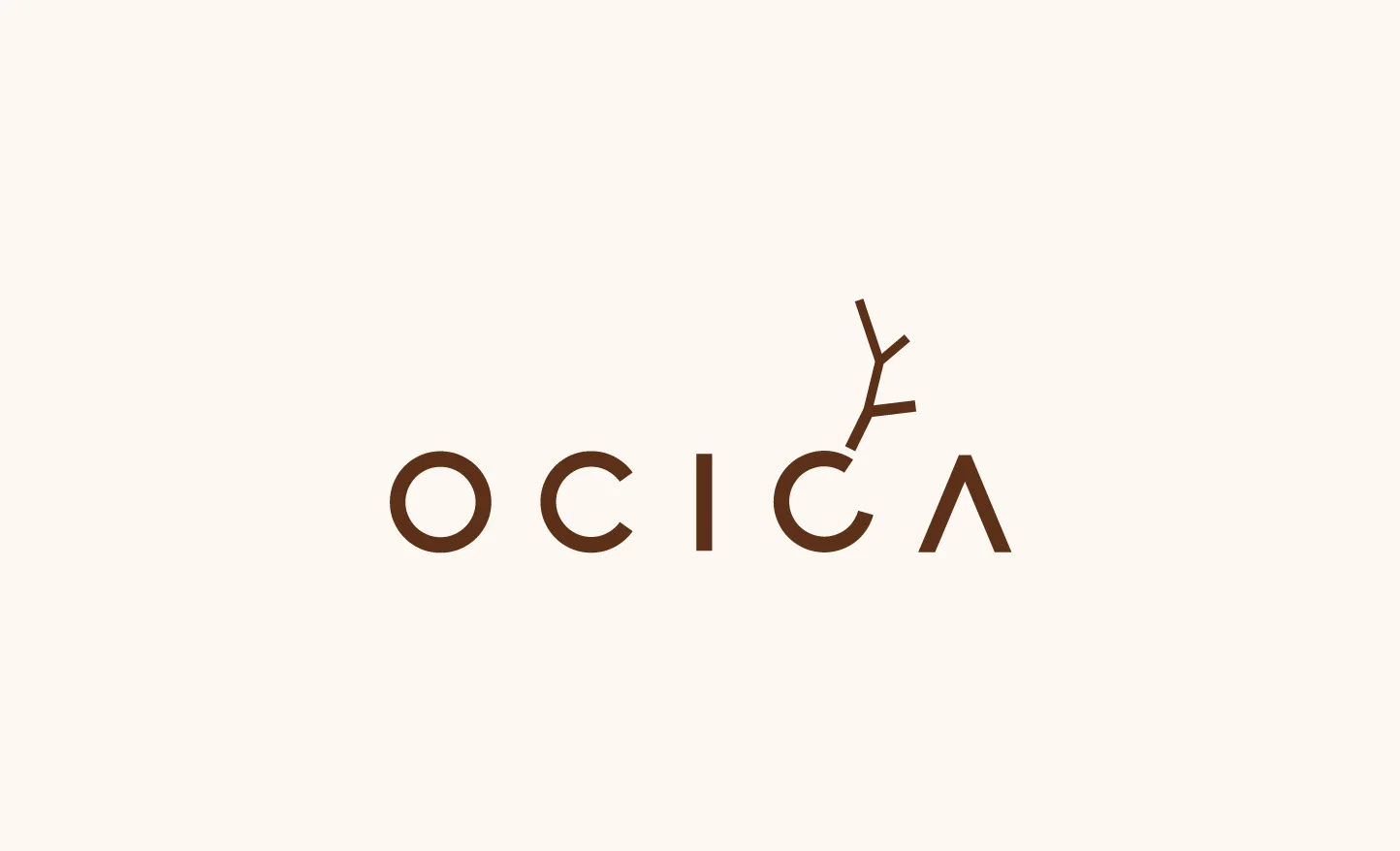
DEERHORN DREAM CATCHER is an accessory made with deer horn, a material unique to the Oshika Peninsula, with fishing net repair threads. In shrines opposite the Oshika Peninsula, deers are God beasts, where their horns are an amulet for drought and marine accidents. On the other hand, the Dream Catcher, an American Indian ornament, has efficacy as a devil-eating talisman. We aimed to bring to form prayers to revive the community in the Makihama village (once a shrine precinct), by creating a commonplace to drink tea with friends while making deer horn accessories that once was a sacred God beast disposed of as vermin—an amulet for coming together.
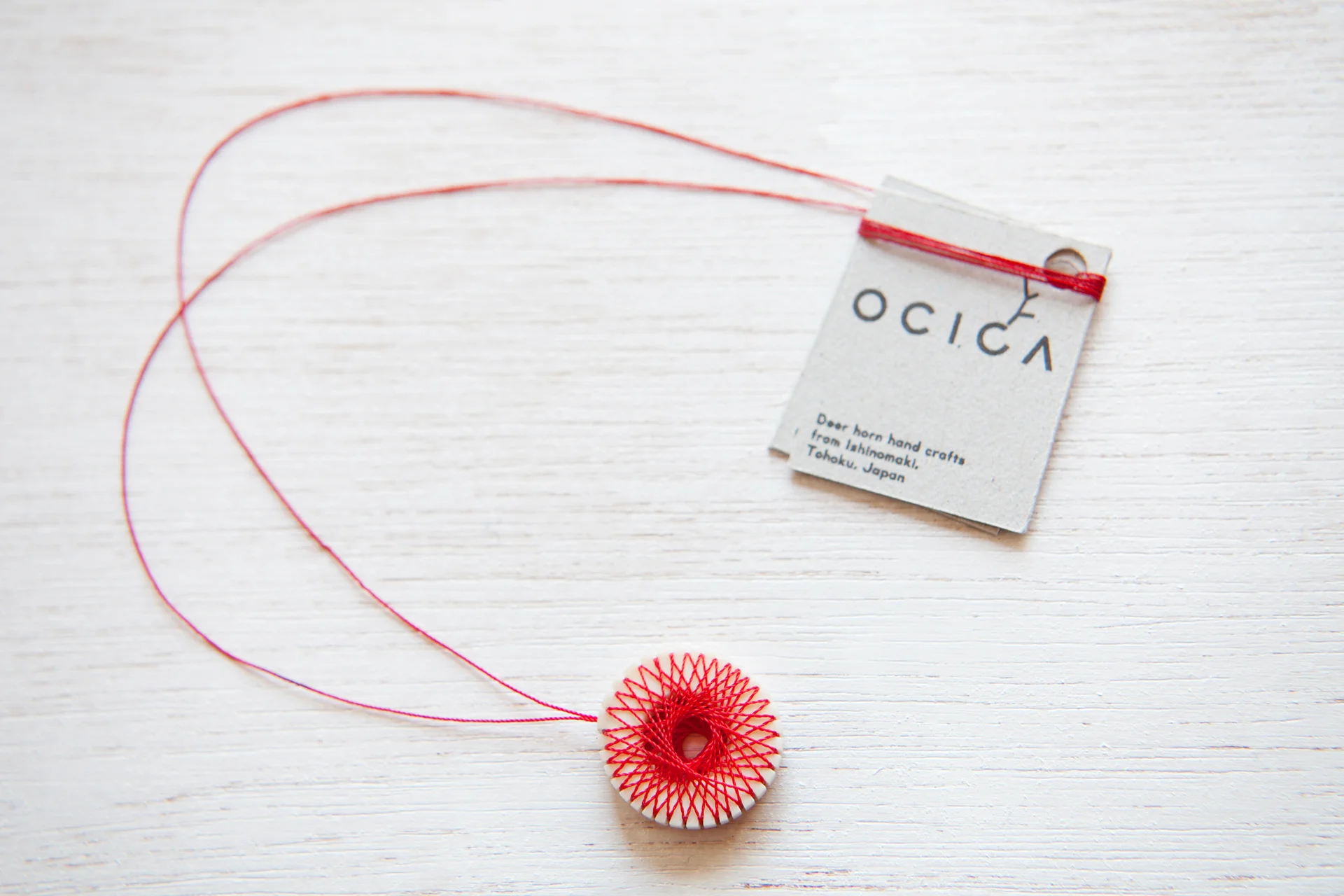
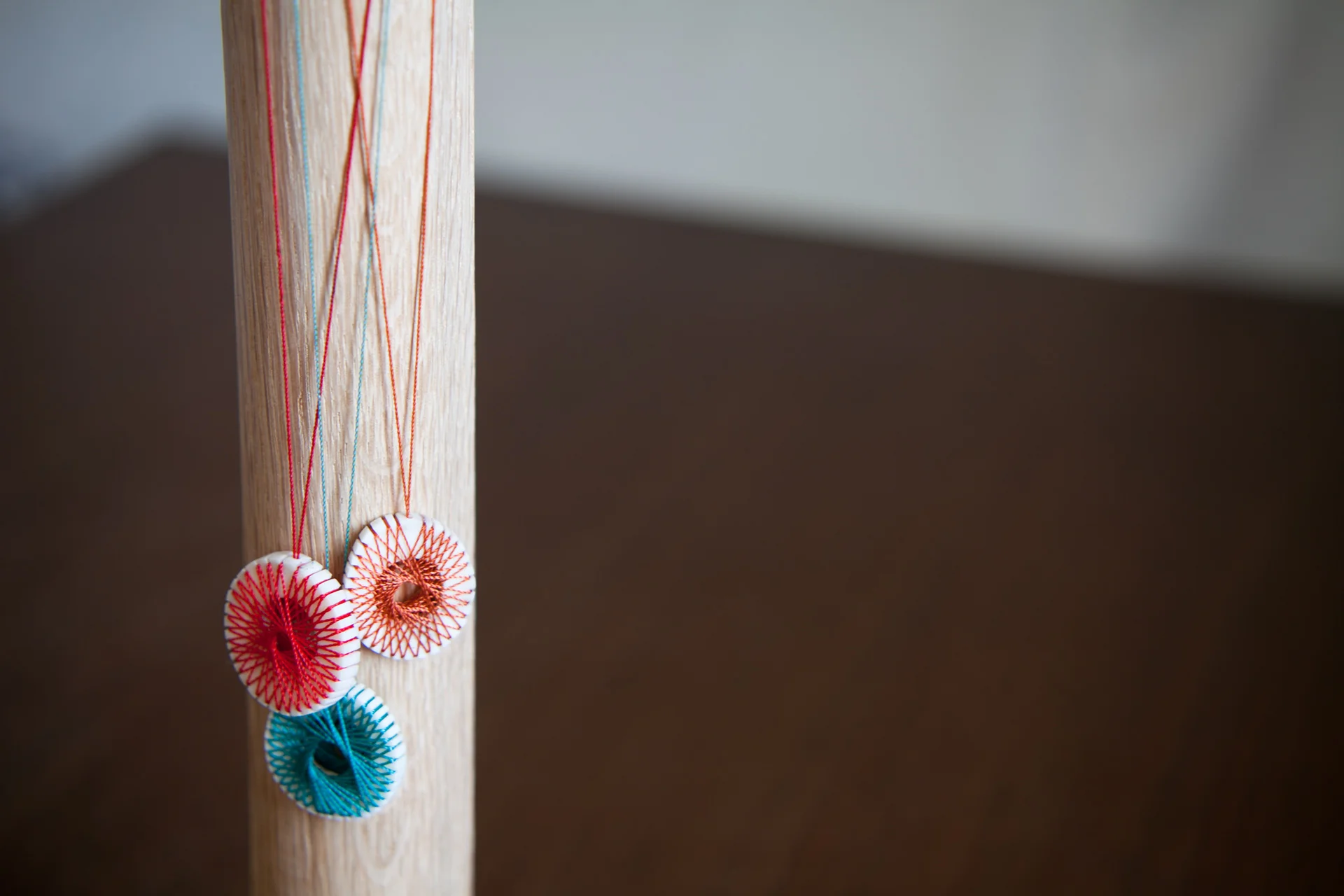
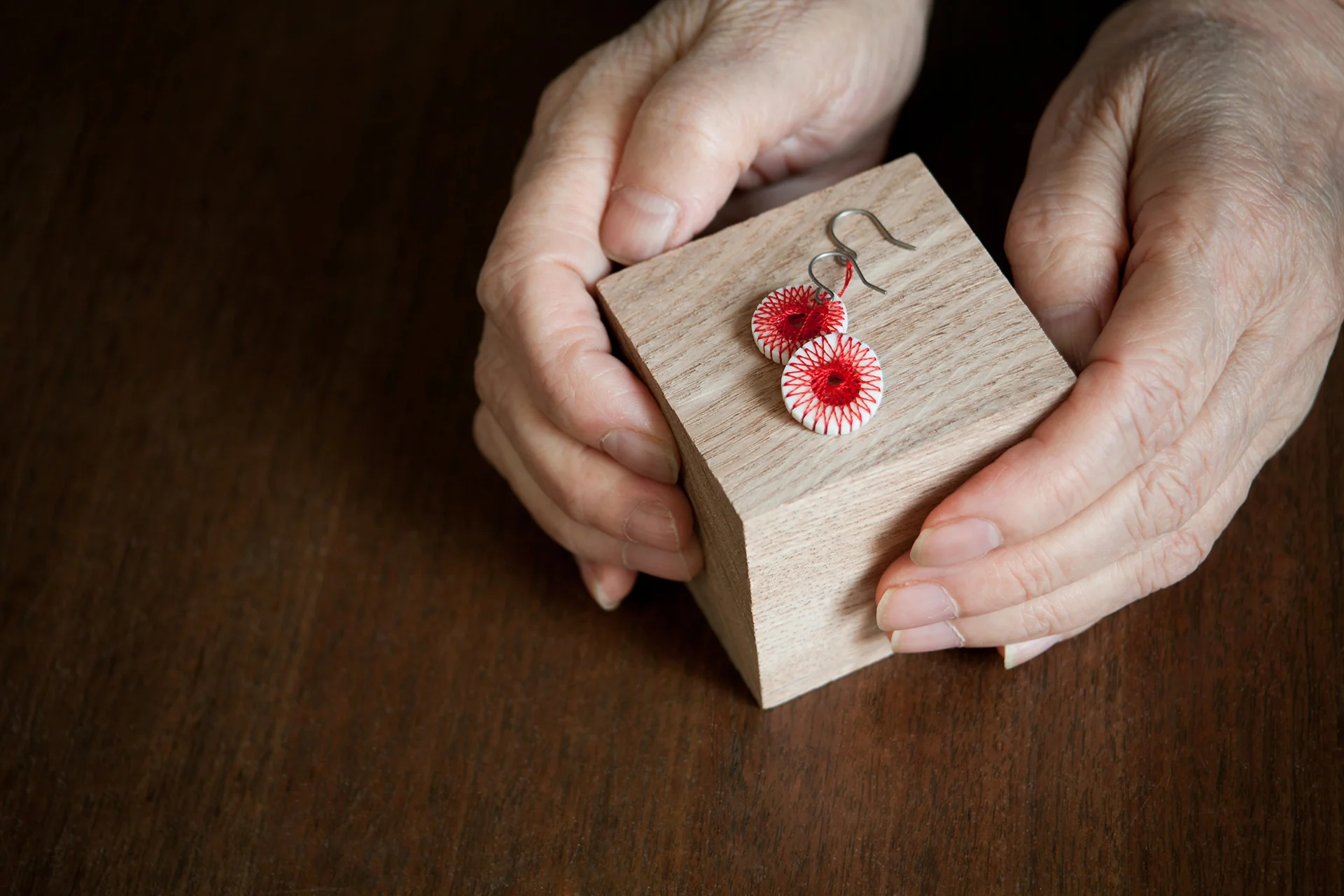
As the second part of the OCICA project, we produced the DEER LEATHER PEN CASE in 2015. It is a pen case made with natural wild deer leather. Every case is carefully sewn by hand by people with disabilities in welfare service offices of Oshika and Ayukawahama. Its shape is of an envelope motif, rolled up in a repair thread from fishing ports. It is designed to be used in two ways, fitting according to it’s capacity and usage purposes.
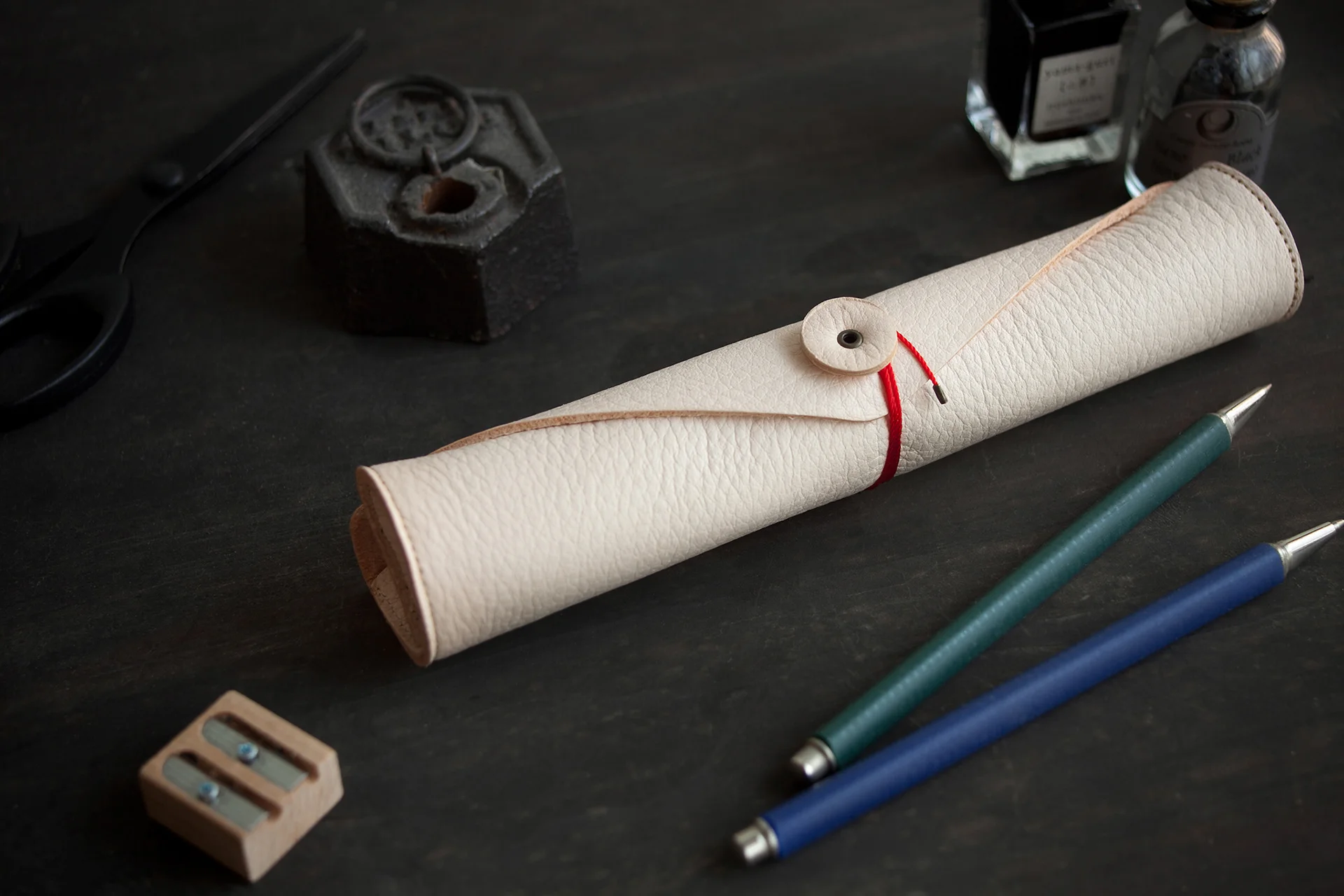
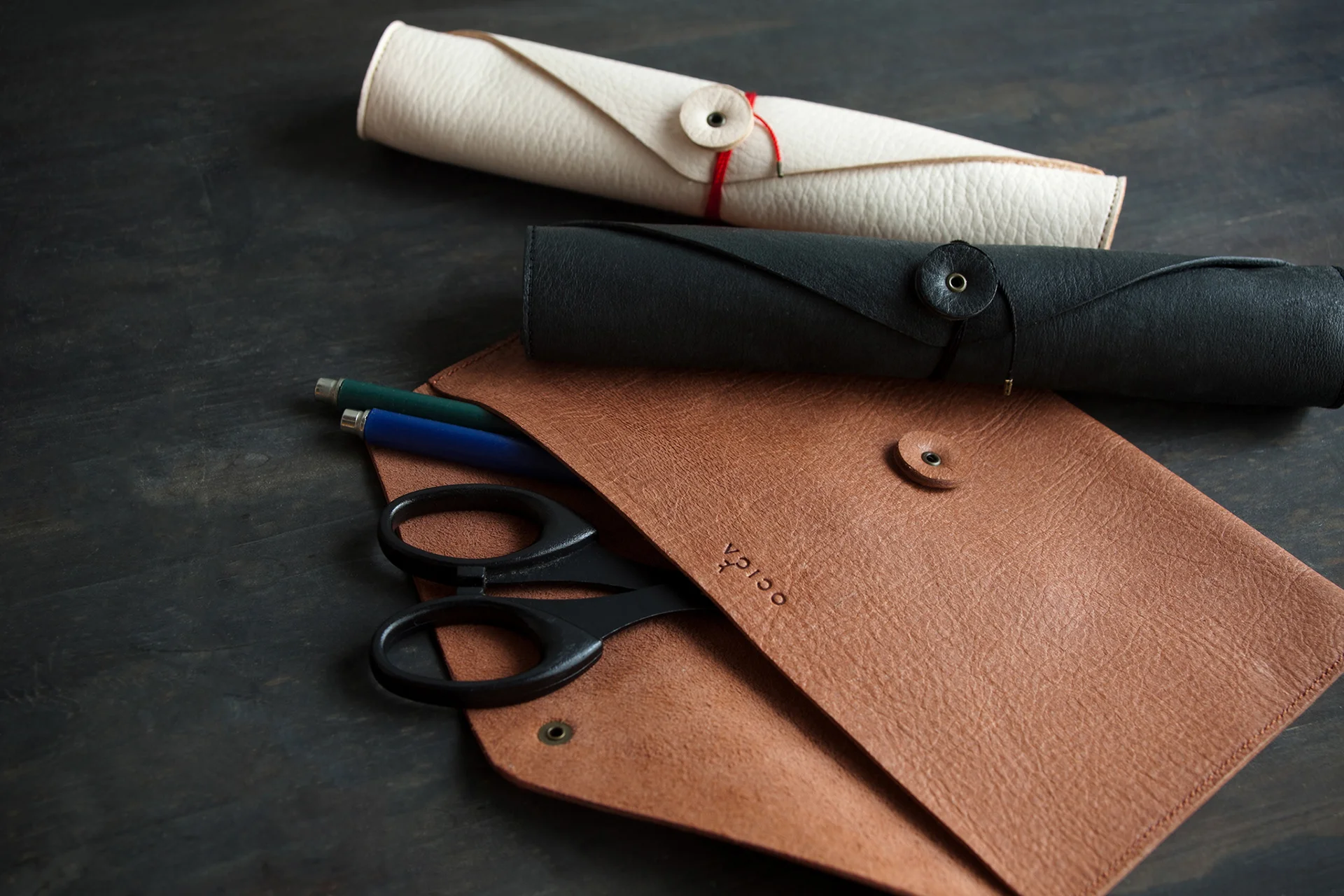
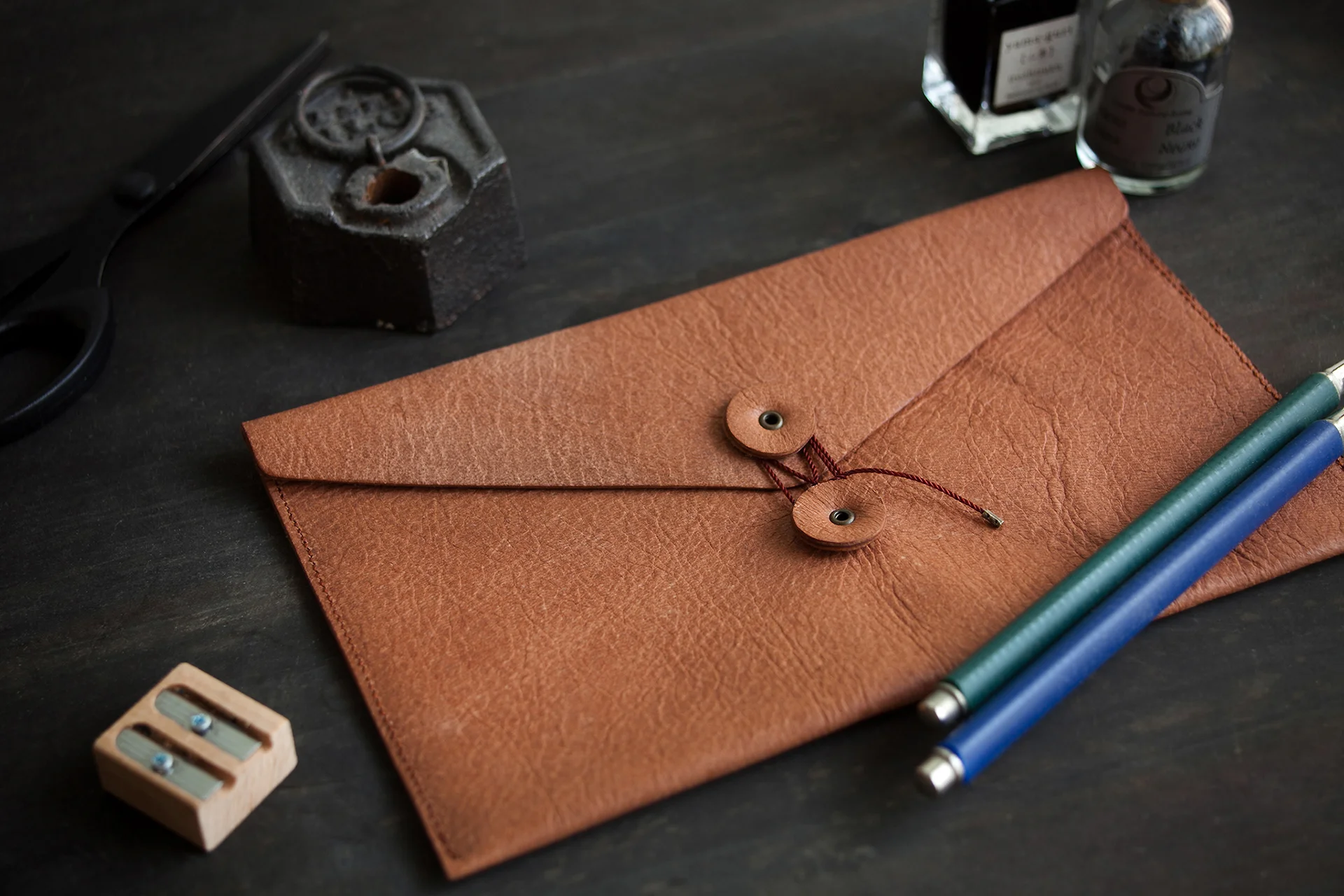
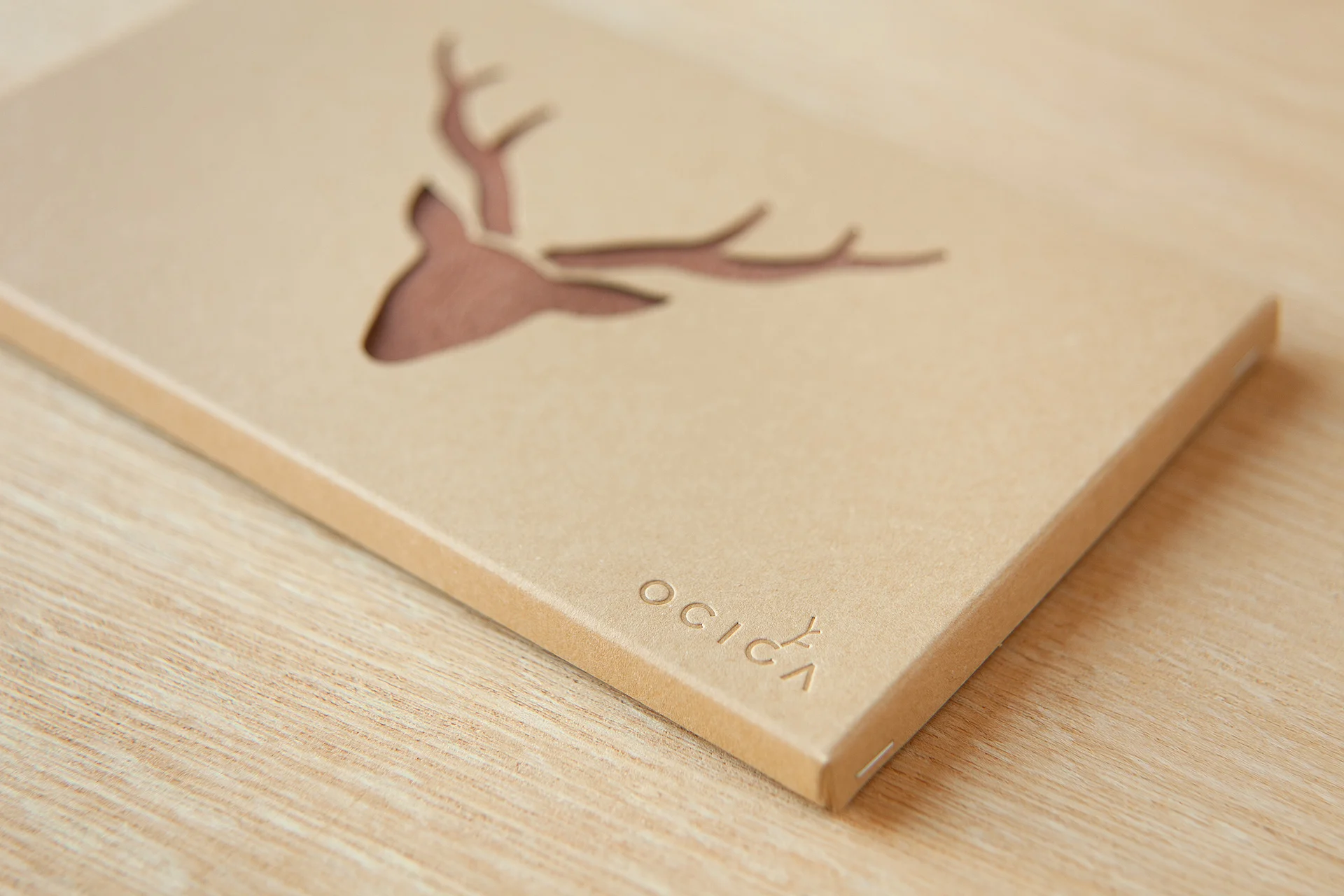
WILL
A symbol,
for those supporting
reconstruction.
Around 1000 people from around the world visited the Oshika Peninsula to participate in accessory making workshops as part of the disaster recovery support. Many reconstruction support products have disappeared from the market within five years after the earthquake. However, OCICA continues to sell, developing into projects loved by many who wish the best for Tohoku reconstruction. Starting from a small beach on the Oshika peninsula, thanks to the community, a book was published of the OCICA project story.

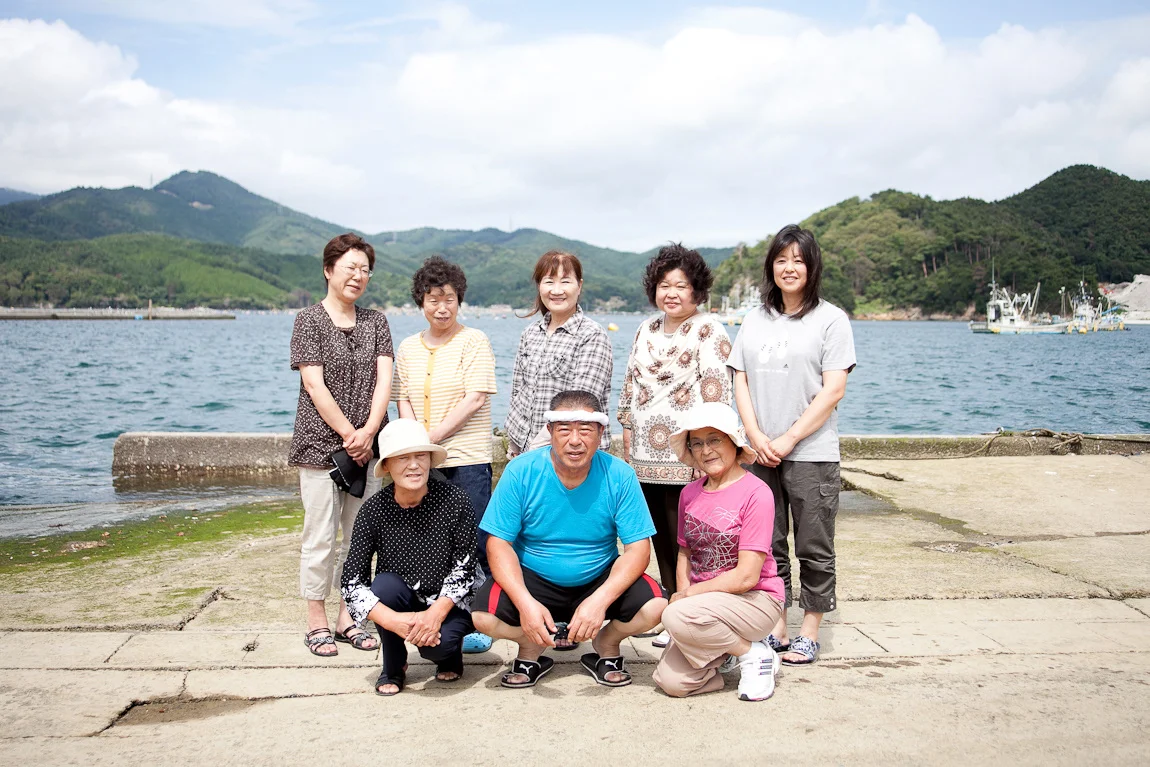

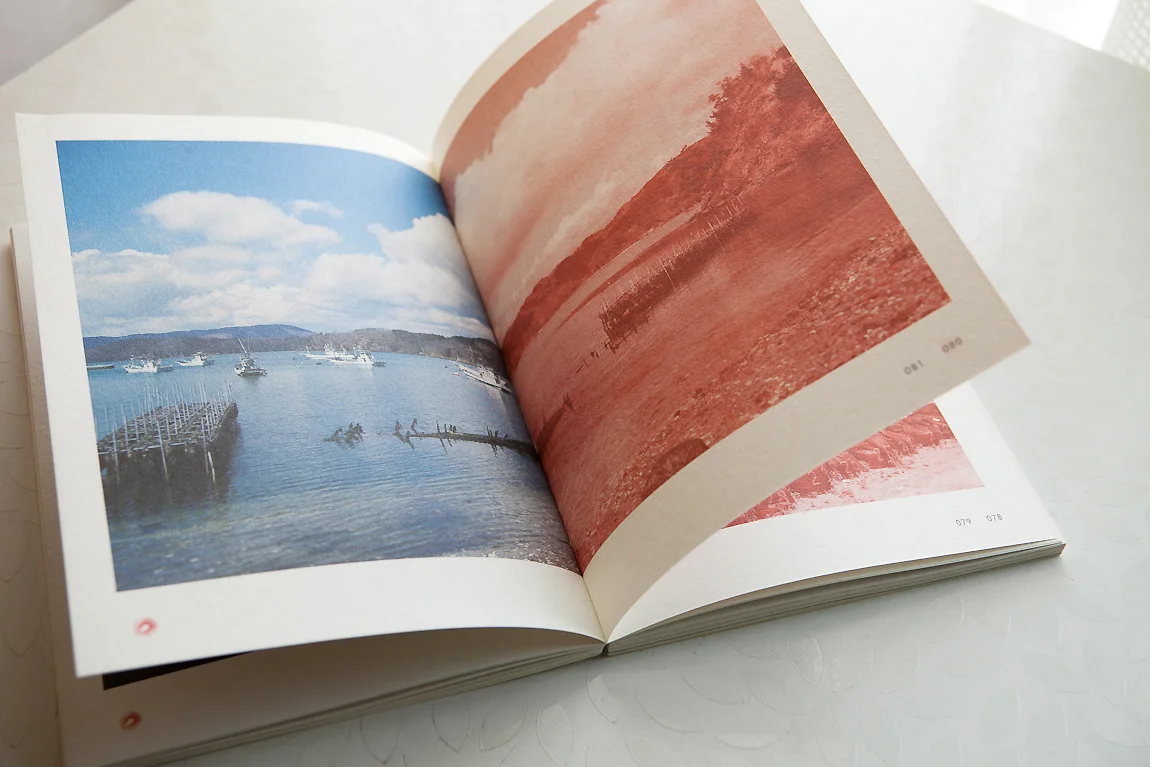
INFORMATION
- What
- OCICA
- When
- 2011 / 2016
- Where
- Ishinomaki Oshika Peninsula, Japan
- Scope
- Logo / Packaging / Photograph / Book cover and inner page design / Promotion Strategy Support / Product Design
CREDIT
- Art Direction
- NOSIGNER (Eisuke Tachikawa)
- Product Design
- NOSIGNER (Eisuke Tachikawa)
- Graphic Design
- NOSIGNER (Eisuke Tachikawa)
- Project Direction
- Tumugiya
- Photo
- Lyie Nitta







